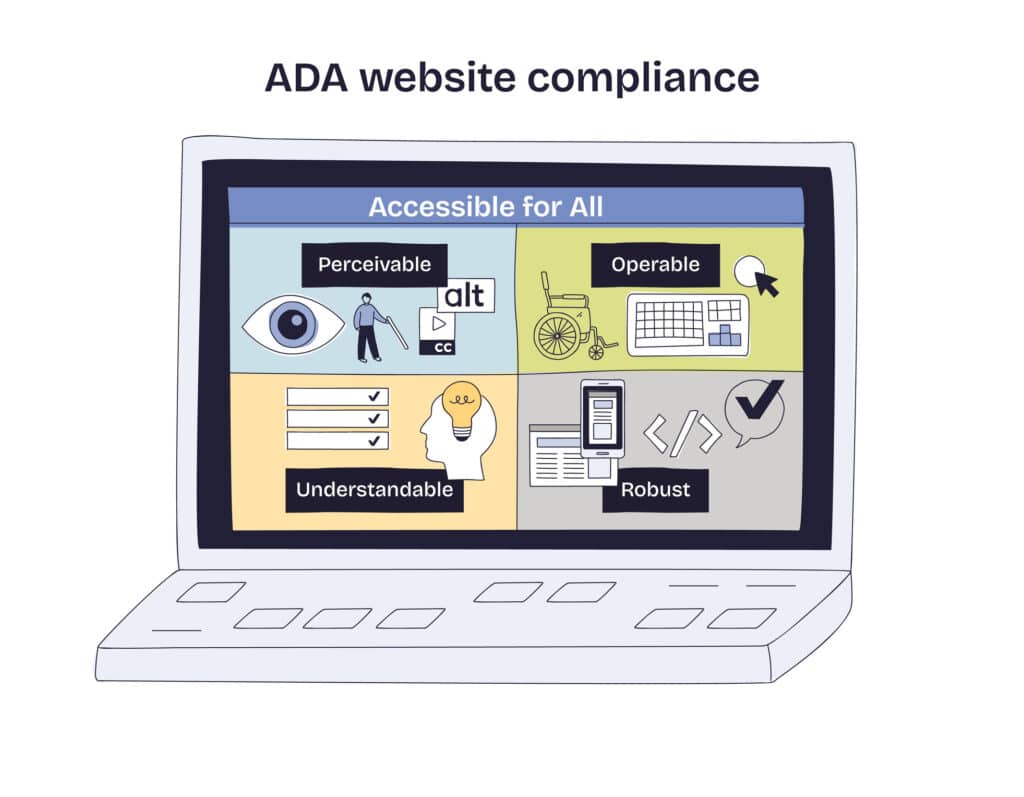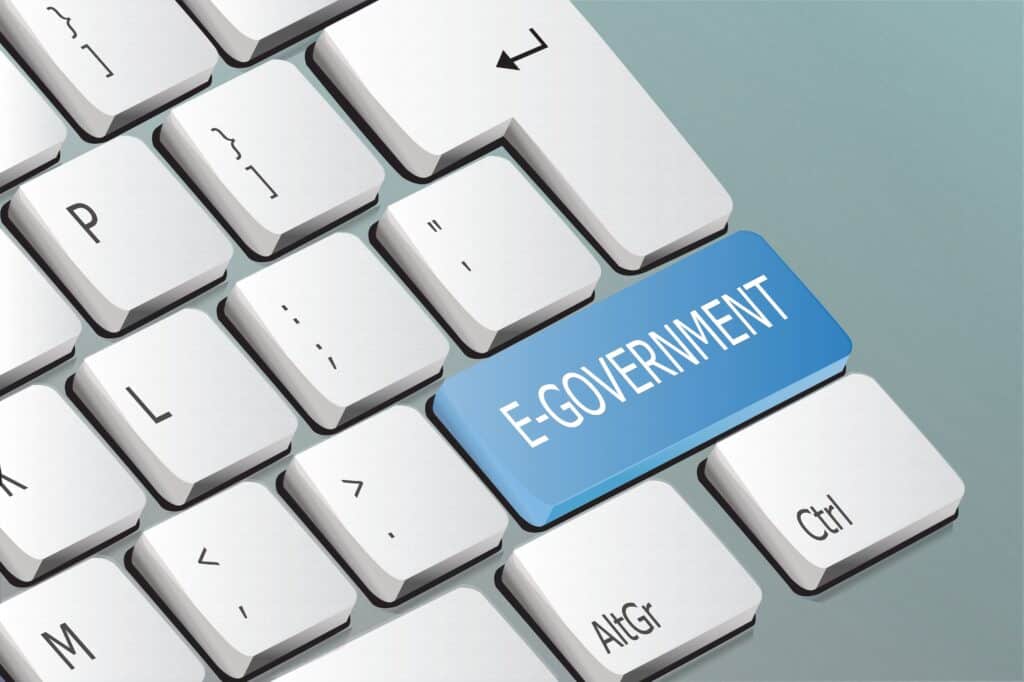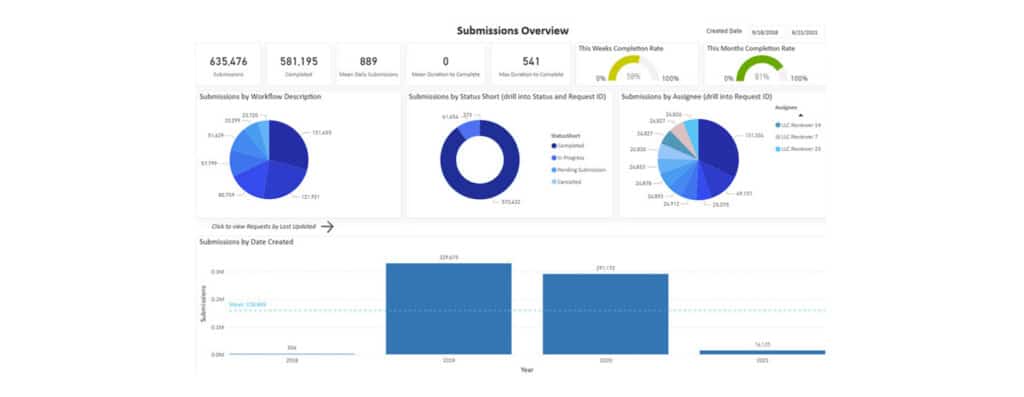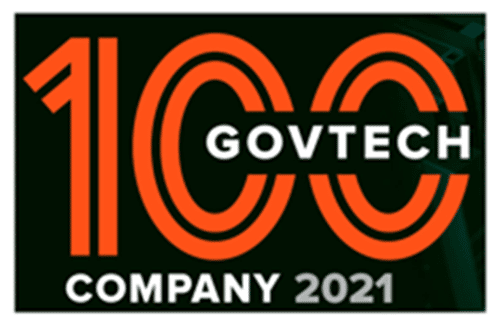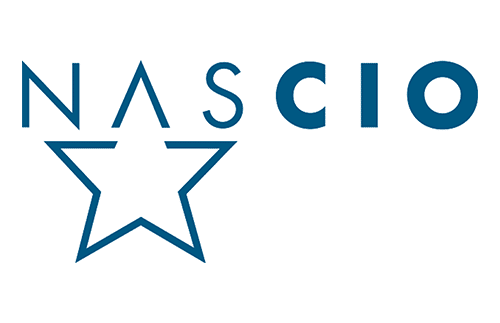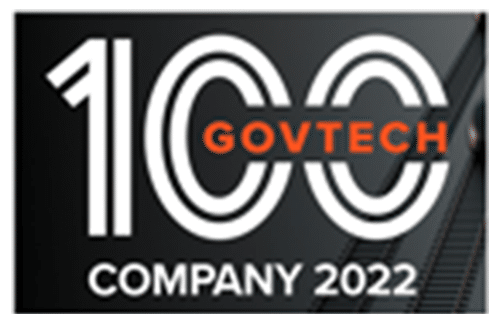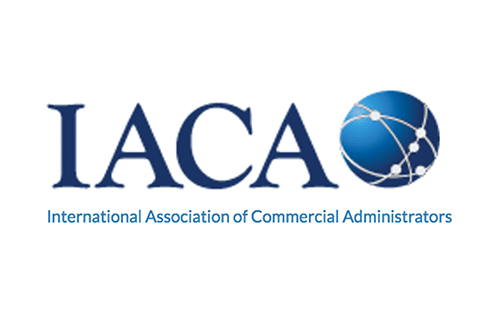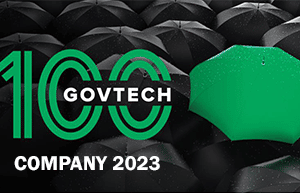Federal innovation often stops at the state line.
Washington launches new tools, funding, or policy frameworks meant to modernize government, but states are the ones who must make them real. States face unique laws, legacy systems, and budget constraints, and too often there is a widening gap between what the federal government provides and what they actually need to deliver.
SimpliGov helps bridge that gap. Our low-code, configurable platform empowers states to quickly adapt federal initiatives into compliant, efficient, and citizen-friendly digital services without waiting years for new IT builds.
The recent Route Fifty article about the proposed federal online voter registration form captures this challenge perfectly. Federal officials designed a tool to streamline registration, but state election administrators immediately raised concerns about compliance, data retention, and system compatibility.
It is a familiar pattern: ambitious national innovation collides with the practical realities of state implementation. That is where states need a bridge, and SimpliGov provides them a smooth, easy, and short road to actualizing new federal standards.
The Growing Federal-State Implementation Gap
Across broadband, public benefits, and now AI in government, federal agencies set national goals and frameworks. But every state operates under its own statutes, timelines, and technical environments.
That is why one-size-fits-all solutions from Washington rarely fit anyone perfectly.
Three persistent challenges widen the gap:
- Legal variation: State laws define how forms, data, and approvals must flow. What works federally may not comply locally.
- Legacy technology: Many agencies still depend on outdated systems and manual processes that do not integrate easily with new federal platforms.
- Citizen experience: Residents expect digital service that is fast, accessible, and secure, but state teams must deliver it within strict compliance boundaries.
The result is predictable: federal goals get stuck in the complexity of state systems. Citizens experience delays, confusion, and frustration instead of the intended user experience upgrade.
What States Need: A Faster Way to Adapt Federal Innovation
The problem is not innovation at the federal level; it is implementation at the state level. States need tools that let them turn federal directives into working solutions quickly, securely, and affordably.
They need the ability to:
- Configure processes that comply with state law while meeting federal intent.
- Integrate new requirements without disrupting existing systems.
- Launch citizen-facing workflows in weeks, not years.
That means moving beyond static, one-size-fits-all software and embracing flexible, low-code platforms built specifically for government operations that integrate with legacy applications.
In short, states do not need a new federal system. They need a bridge that connects policy to their way of doing business.
How SimpliGov Bridges the Federal-State Divide
SimpliGov’s government forms and workflow automation platform provides that bridge. It gives state agencies the power to digitize, customize, integrate, and automate processes at speed while aligning what Washington requires with what citizens expect.
SimpliGov helps:
- Digitize manual processes: Replace paper forms and manual approvals with intuitive, online workflows that are secure and compliant.
- Ensure flexibility and compliance: Build forms and processes that build in compliance with each state’s laws while staying aligned with federal mandates.
- Integrate with existing systems: Connect to legacy databases and applications instead of replacing them.
- Respond quickly to change: When federal policies shift, states can update workflows in days, not months or years.
With SimpliGov, states gain a configurable bridge between national programs and local execution, empowering agencies to modernize faster, drive compliance, and deliver better service to residents.
A Real-World Example: Voter Registration Modernization
The voter registration debate shows why this bridge matters. The federal government wants a streamlined digital form, but states have their own laws around verification, data management, and digital signatures.
Instead of forcing uniformity, a platform like SimpliGov enables adaptation. Imagine a state configuring a secure online registration process that automatically aligns with both federal standards and state-specific requirements.
A voter fills out the form once. The system validates identity, applies state rules, routes for approval, and logs data securely, all without manual handoffs.
That is modernization that meets both sides where they are: federal vision and state reality.
The Future of Digital Government: Seamless Federal-State Collaboration
The next phase of digital government will not be about centralization. It will focus on collaboration and interoperability.
Federal agencies will continue to innovate and set standards, but the real impact will depend on how quickly and effectively states can adapt those frameworks to serve citizens.
The most forward-thinking states are already investing in configurable platforms that translate policy into practice. They are not waiting for new systems to be built; they are building capacity to adapt.
SimpliGov is built for exactly this moment. We help governments close the gap between policy design and operational delivery, providing the flexibility to evolve alongside federal priorities.
From Federal Vision to State Action
Every successful modernization effort comes down to one question: can states execute on what the federal government envisions?
When states can quickly operationalize new federal programs — whether it is online registration, digital licensing, or benefit processing — everyone wins. Citizens get better access, agencies work more efficiently, and the federal mission succeeds in the real world.
SimpliGov helps states make that happen. Our platform bridges the divide between what Washington provides and what states actually need, empowering agencies to modernize faster, stay compliant, and deliver real results.
Because in the end, modernization is not about technology for technology’s sake. It is about creating government that works better for the people it serves.
Let’s Bridge the Gap Together
Federal mandates are evolving fast, and states cannot afford to lag behind.
If your agency is working to align federal requirements with state systems or accelerate digital service delivery, now is the time to act.
SimpliGov helps bridge the gap between what the federal government provides and what states actually need.
See how states are using SimpliGov to modernize operations and deliver results faster. Explore our platform today.




